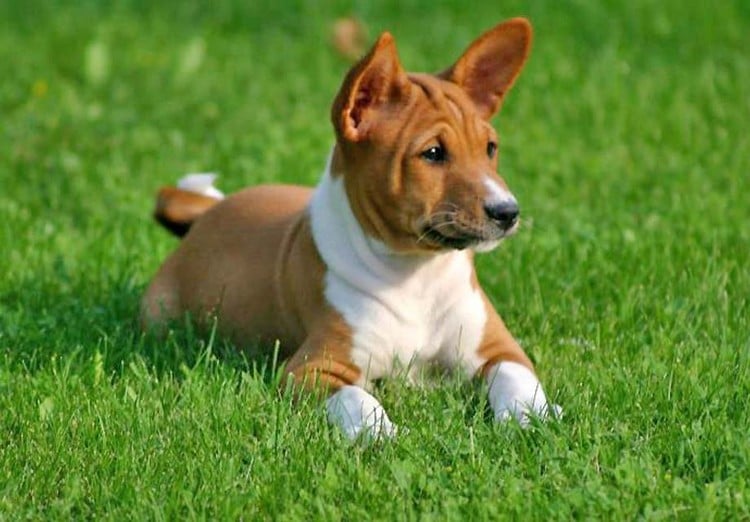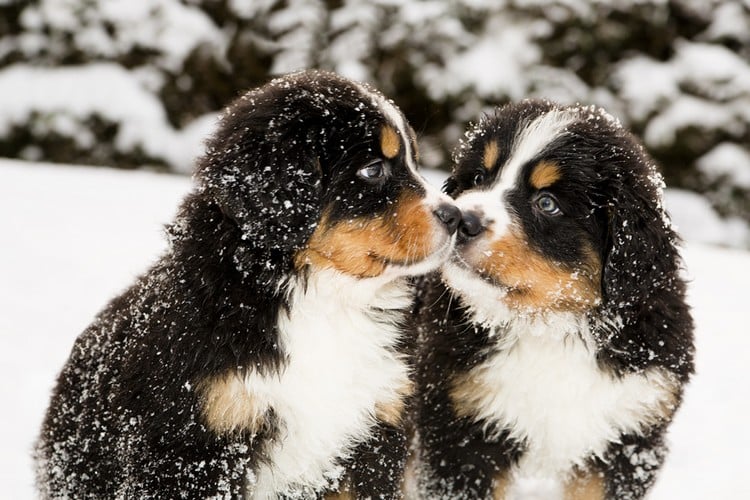10 Expert Tips to Control Dog Shedding (And When It’s Time to Call the Vet)
If you share your home with a furry friend, you already know that dog hair has a way of making itself at home—on your clothes, your furniture, and probably even in your coffee.
Shedding is a natural part of being a dog, but that doesn’t mean we have to surrender to the fluff. With a little effort and the right game plan, you can keep those tumbleweeds of fur from taking over your life.
Whether you’ve got a Labrador who sheds like it’s his full-time job or a German Shepherd who leaves a trail with every tail wag, managing dog shedding is all about staying consistent and understanding what’s normal for your pup.
Different breeds shed at different rates, and some dogs “blow” their coats seasonally, making it feel like your home turned into a fur factory overnight.
That’s why it’s important to know not just how to deal with the fur—but when it might be time to dig deeper.
Excessive shedding can sometimes signal a problem, like allergies, poor nutrition, or even an underlying health issue. So while daily brushing and a good vacuum are your first line of defense, recognizing when to call in the vet is equally important.
This article is your go-to guide for tackling dog shedding head-on—without losing your sanity in the process.
We’ll walk you through ten practical, easy-to-follow tips that will help you keep your home cleaner and your dog’s coat healthier. And we’ll finish with a few key signs that tell you when the shedding might not be so normal after all.
1. Brush Your Dog Regularly
A fur-covered sofa is every dog owner’s pet peeve. Regular brushing can transform this scenario, turning it from a fur storm to a manageable breeze.
By brushing your dog consistently, you can capture loose hair before it gets a chance to settle on furniture or clothes.
Certain breeds, like the Golden Retriever, seem to lose hair as if it’s going out of style. For them, daily brushing is the golden rule. It’s not just about aesthetics; it strengthens your bond with your pet too.
Make brushing an enjoyable routine for both of you. It’s a time to check for hidden burrs or ticks and to give your canine friend a relaxing massage. They’ll love the attention, and you’ll love the cleaner house.
2. Use the Right Brush for Your Dog’s Coat
Ever tried using a comb instead of a fork to eat spaghetti? It’s not quite right. The same goes for brushing your dog’s coat. Choosing the appropriate brush for your dog’s specific coat type is crucial.
Whether it’s a slicker brush for thick coats or an undercoat rake for those double-coated breeds, each tool serves its own unique purpose.
Without the right brush, you might just be smoothing the surface without tackling the shedding problem at its root.
Experiment until you find the brush that gets through to the undercoat and genuinely reduces shedding. Your dog’s coat will look healthier, and shedding will be less of a chore, making your grooming sessions both effective and satisfying.
3. Bathe Your Dog With a Deshedding Shampoo
Bathing day can be a spa day for your dog. With the right deshedding shampoo, you’ll not only clean your pooch but also tackle excess fur head-on. These shampoos help release loose hair and nourish the skin.
Plan for a bath every 4–6 weeks. The frequency can depend on your dog’s lifestyle and coat type. Some may need it more often if they’re particularly fond of mud puddles.
After a good wash, you’ll find that brushing is much more effective and less hair ends up floating around the house. Your dog will smell great, look even better, and the shedding will be significantly less troublesome.
4. Keep Your Dog on a High-Quality Diet
What goes into your dog’s bowl affects what comes out of its coat. A high-quality diet rich in omega-3 and omega-6 fatty acids can improve coat health, making it shinier and stronger.
Just like a balanced diet affects our hair and skin, the same principle applies to dogs. If their fur feels brittle or dull, it might be time to switch up their menu.
Premium dog foods are designed to support overall health, which naturally reduces excessive shedding.
Consult your vet for food recommendations tailored to your dog’s specific needs. A well-fed dog is a happy dog, and a happy dog sheds less.
5. Add Supplements Like Fish Oil
Imagine fish oil as a secret weapon in your dog’s dietary arsenal. When incorporated into their meals, these supplements work wonders for their coat and skin.
The omega-3 fatty acids in fish oil improve fur texture and can significantly reduce shedding.
Adding a fish oil supplement to your dog’s diet is simple. Capsules can often be opened and mixed into their food with ease, making it an effortless process.
Before you start, though, a quick chat with your vet is wise to determine the right dosage. With the right balance, your dog’s coat will be shinier and shedding will be notably less.
6. Stay on Top of Flea and Tick Prevention
Itchy skin is a big no-no for dogs, often leading to excessive shedding. Fleas and ticks are among the chief culprits behind that itchiness. Regular prevention keeps these pests at bay and your dog’s coat healthy.
Using effective flea and tick preventatives means fewer bites and less irritation for your pup. Choose the right product for your dog’s size and lifestyle, ensuring year-round protection.
An infestation can lead to severe discomfort and hair loss, so prevention is always better than cure. Keep your furry friend itch-free, and watch as their coat thrives without the unwanted shedding.
7. Hydrate, Hydrate, Hydrate
Imagine being parched on a hot day. Your skin feels dry, and your hair loses its luster. Your dog feels the same when dehydrated. Ensuring they have access to fresh water is a simple, yet effective way to curb excessive shedding.
Dehydration leads to dry skin, which can exacerbate the shedding problem. Keep water bowls clean and filled, and consider adding an extra bowl in their favorite hangout spots.
Hydration is an essential part of a balanced life for your dog, influencing everything from energy levels to, yes, the amount of hair they shed. A hydrated dog means a happier, healthier coat.
8. Keep Stress Levels Low
Stress is no friend to anyone, including your furry pals. An anxious dog can shed more due to the tension. Creating a calm environment with consistent routines helps your dog feel secure and reduces stress-induced shedding.
Provide plenty of mental and physical stimulation to keep your dog’s mind occupied and reduce anxiety. Consider toys, training games, or even puzzles to engage them.
A peaceful corner for your dog to retreat to when the world feels overwhelming can make a huge difference. Less stress leads to less shedding, making for a happier household.
9. Vacuum and Clean Often
You might not stop shedding at its source, but keeping your home clean helps manage it. Regular vacuuming and cleaning pick up loose hair before it accumulates, making the task less daunting.
Consider investing in a vacuum designed for pet hair, as these are equipped to handle stubborn fur embedded in carpets and upholstery.
Frequent cleaning also allows you to spot abnormal hair loss early, potentially catching health issues before they worsen.
A clean home makes living with a shedding dog much more pleasant, and keeping on top of it means shedding won’t rule your life.
10. Know When to See a Vet
Sometimes, shedding isn’t just a nuisance; it’s a signal. If your dog suddenly starts shedding more than usual, or if you notice bald patches, it might be time to consult a vet. These could indicate allergies, hormonal changes, or other health issues.
Regular check-ups help ensure that any underlying problems are addressed promptly. Keep an eye out for other symptoms like scabs, itching, or changes in behavior.
Your vet will help rule out or diagnose conditions that could be affecting your dog’s coat. Early intervention can make all the difference in managing your dog’s shedding effectively.
















